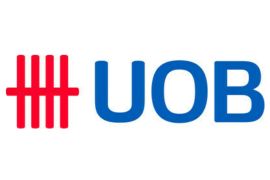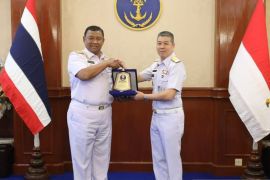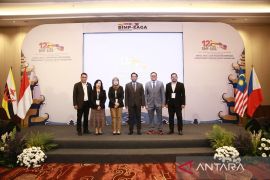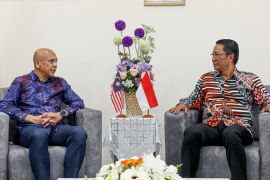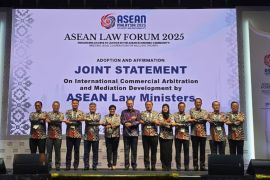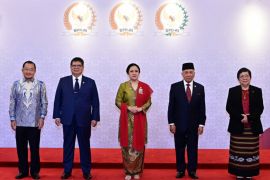"All parties agreed to deepen the discussion of the Joint ASEAN Bond Market as an instrument of developing financial optimization of the infrastructure sector," said Deputy Minister Mahendra Siregar, here Saturday.
Mahendra said that at the meeting of the Senior Economic Official Meeting (SEOM) on the establishment of the Joint Bond Market became one of the topics discussed mainly in the mechanism because not all ASEAN member countries have entered the bond market.
With the additional ASEAN members who entered the bond market, bonds can circulate more smoothly and raise the debt issuance opportunities.
"This is what we want to emphasize considering the high demand for long term investment infrastructure development funds," he said.
The bond market will utilizes the reserves funds of each country can be used in their common interest.
Mahendra said that the bond market in the ASEAN region is already running but needs to be linked to the ASEAN +3.
"Foreign exchange reserves stored in ASEAN banks are very large, if coupled with the foreign exchange reserves in central banks of China, Korea and Japan which will open up opportunities to finance infrastructure projects especially in the context of ASEAN connectivity in 2015," he said.
The ASEAN bond markets were inspired by the Asian financial crisis in 1997 after the agreement on the Asian Bond Markets Initiative (ABMI) aiming to develop an efficient and illiquid bond market.
In its development, corporate bonds were not as good as government bonds because the issuers rated below the investment grade have limited market access and no local institutions acts as guarantor.
Therefore ASEAN +3 Finance Ministers agreed to establish the "Credit Guarantee and Investment Facility" (CGIF) which is intended to provide guarantees for investment grade corporate bonds to have access to a wider markets.(*)
Editor: Ruslan Burhani
Copyright © ANTARA 2011
